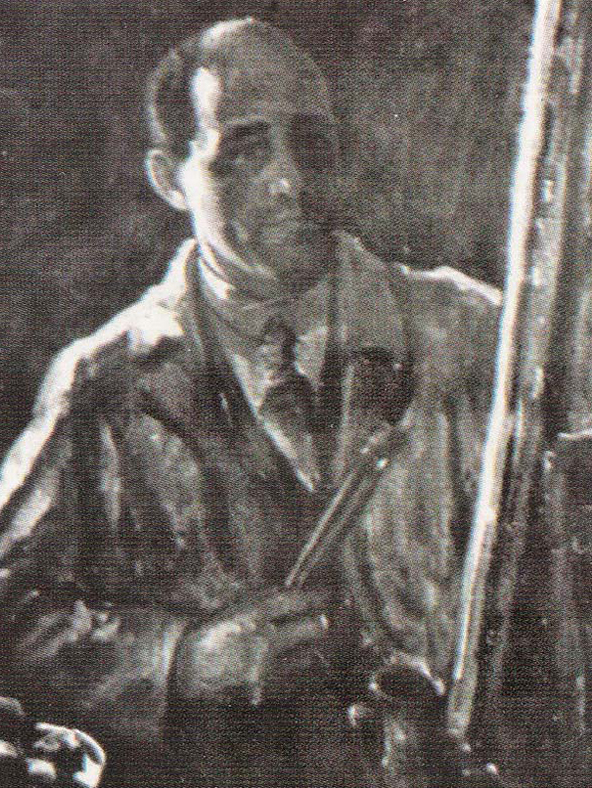Tibor Ernő

Oradea, 1884 - Dachau, 1945
The Life
The special atmosphere of his hometown was a source of inspiration for his life and art. He not only enjoyed the streets and squares of Oradea, the mountains and the villages around Éled, Belényes, and Baile Felix with their unique costumes and traditions, but he honored them through paintings.
The Art
Tibor’s successful career took him on a linear, ascending path towards recognition. From every teacher he encountered, from every style he had studied, he took only that special something he needed in order to improve, without compromising his artistic personality. He was called “the painter of Oradea” because of his well-rooted aesthetic in the Baia Mare School, Impressionism, post-Impressionism, and small elements of Academicism.
A several-ways evolution
It is interesting to follow the evolution of Tibor Ernő from a geographical point of view, starting with the school years in Oradea, his hometown.
Although he had not yet discovered his style that would define him as an artist, he was noted for his way of using color. Later he studied at the Academy of Arts in Budapest, as a student of Tivadar Zemplényi between 1904–1905. He spent the next years painting mainly in the naturalistic style of his teachers and copying the works of great artists. He received a scholarship in Paris, where he had the opportunity to study at the Julian Academy in the class of Jean-Paul Laurens. This was a liberating experience for Tibor, as he came into direct contact with Impressionism.
He returned to Oradea in 1907 and opened his first solo exhibition with portraits and landscapes in a modern vision, a fact also noticed by critics. The following year, the literary society “A Holnap'' was established. Its founding members were, among others, Ákos Dutka and Endre Ady - who became his friends in Paris, where he made their portraits. In the next period, Tibor participated in their meetings organized in Oradea, Arad, Timisoara, Baia Mare, and Budapest.
His participation in a series of group exhibitions in Stockholm, Copenhagen, Dresden, Leipzig, Frankfurt, and Halle, was noticed by the press. His artworks from this first stage, in addition to the rural landscape, have as a theme the crowded markets and fairs, which captures the movement of the people in a bright color palette.
Travels, experiences, influences
In 1914, with the entry of Austria-Hungary into war, Tibor was called to the front as a lieutenant, where he made sketches and portraits of his comrades. In the 1920s, he traveled and painted in Baia Mare. It was a period in which he felt the influence of Fauvism through the accentuated chromatic contrasts, the renunciation of capturing the details, and wide, determined brush strokes.
By simply looking at his landscapes inspired by the surroundings of Baia Mare, Black Sea, Balchik, France, and Italy, we can follow his travels and experiences. We can also notice the post-impressionist influences by looking at his urban landscapes of Oradea. The artworks made after 1925 differs significantly from his first, in view of the color and light to which he paid special attention.
His prestige in academia was confirmed between 1935 and 1939, a time during which he exhibited annually at the Official Salon in Bucharest, along with other renowned artists, such as Ion Theodorescu-Sion, Gheorghe Petrașcu, and Theodor Pallady.
The up of fascism, the down of Tibor Ernő
Tibor Ernő is forced to withdraw completely from the public art scene, because of the rise of fascism. More than that, he was excluded from exhibitions, his last two being the ones from Cluj and Oradea, in 1942. In 1944 he was deported to Auschwitz, then to Kauferinger, Dachau. Ernő Ronai, a witness and storyteller of the horrors in the camp, mentioned that Tibor tried, even in the most terrible conditions, to draw and make sketches. Sadly, the artist died of typhus in April 1945, only twelve days before the release of the camp by the US military.



